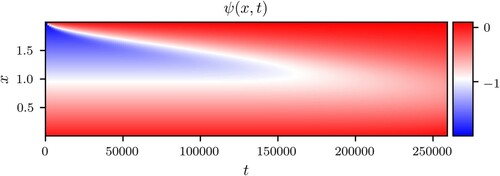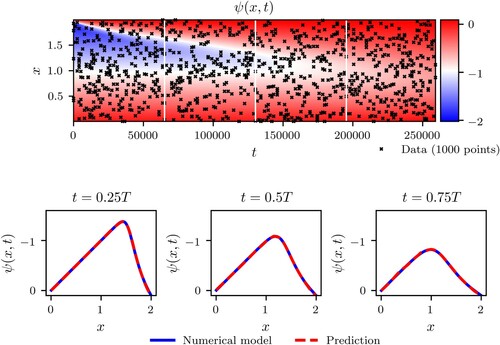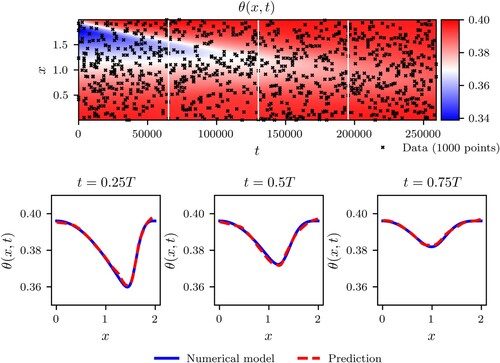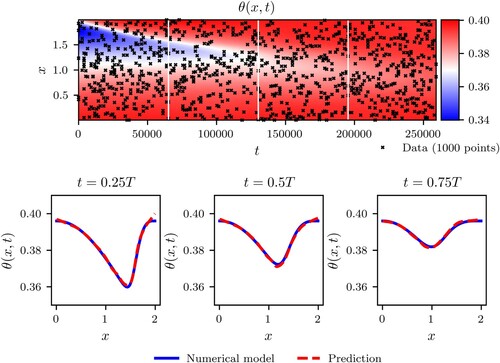Figures & data
Figure 1. PINN illustration adapted from Lu et al. (Citation2019).
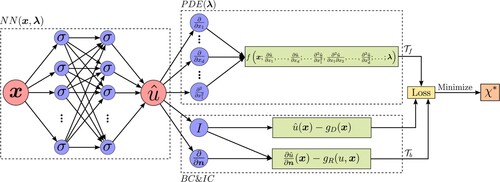
Table 1. Loss values with the estimates of input parameters for a range of values.
Table 2. Loss values with the estimates of input parameters for a range of values.
Table 3. Loss values with the estimates of input parameters for a range of values.
Table 4. Loss values with the estimates of input parameters for a range of values.
Figure 8. Water infiltration column setup with the PINN prediction of the solution and comparisons with the measurements.

Figure 9. Water infiltration column setup with the PINN prediction of the solution and comparisons with the measurements and unobserved data.


